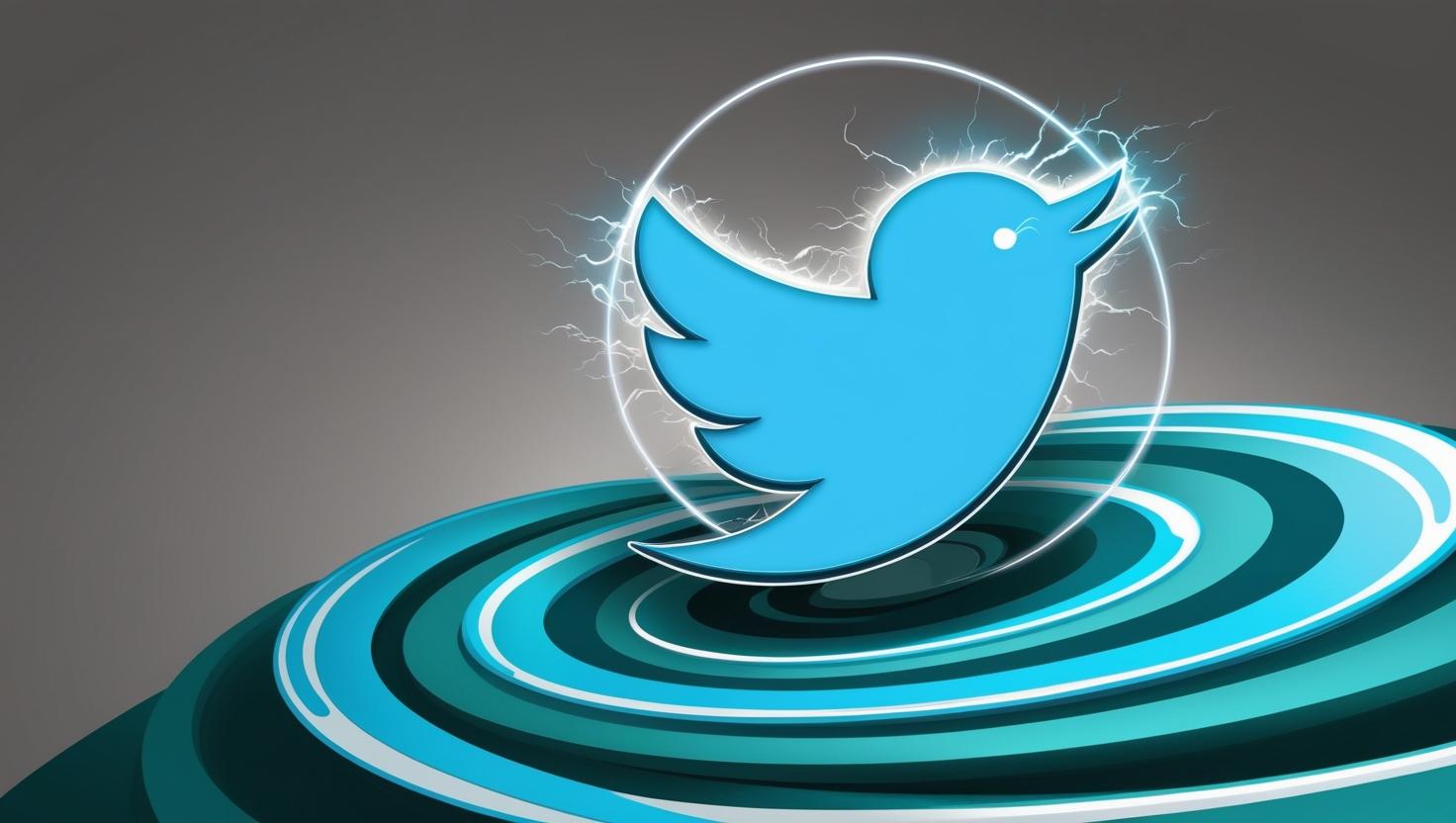Twitter remains one of the most effective platforms for startups and small businesses to build brand presence, connect with customers, and boost sales. Despite changes in the platform’s algorithm and policies, Twitter’s real-time nature and broad user base provide significant opportunities for businesses to market their products and services. This guide outlines the key strategies to use Twitter effectively in 2025.
Why Twitter Still Matters for Small Businesses
In 2025, Twitter continues to be a vital marketing tool. As of recent statistics, Twitter has over 400 million active users worldwide. Its fast-paced environment and public nature make it an ideal platform for businesses looking to gain attention quickly. Leveraging Twitter marketing services can help brands effectively navigate this dynamic space, maximizing engagement and driving growth.
- Real-time Updates: Twitter’s live feed allows businesses to stay relevant and reactive to trends or customer concerns.
- Widespread Audience: Users on Twitter span a wide range of demographics, offering businesses access to a diverse group of potential customers.
- Customer Engagement: Twitter’s format allows for direct communication between businesses and consumers, providing an opportunity for real-time feedback, support, and relationship building.
However, simply being present on Twitter isn't enough. To get the most out of the platform, small businesses need a well-thought-out strategy.
Setting Up Your Twitter Profile for Business Success
The first step in any Twitter marketing plan is creating a strong business profile. This includes optimizing your bio, profile picture, and header image to reflect your brand’s identity.
Key Elements of a Business Profile
- Profile Picture: Choose a high-quality image that represents your brand, whether it’s your company logo or a professional image.
- Bio: Clearly describe what your business offers and include relevant keywords. A concise, informative bio helps users know what your business is about at a glance.
- Header Image: Your header should visually represent your business. Consider using this space to highlight a current promotion or showcase products.
- Pinned Tweet: Pin a tweet that best represents your brand, such as a special offer, product feature, or key announcement. This tweet remains at the top of your profile for visitors to see first.
Completing Your Profile
- Website Link: Always include a link to your business website or landing page.
- Location: If your business has a physical presence, include your location to help local customers find you.
- Call to Action: Make sure to add a clear CTA in your bio, prompting visitors to take a specific action, such as visiting your website or contacting you.
Developing a Content Strategy for Twitter
Creating content that resonates with your audience is crucial for engagement. The key is producing relevant and timely content while maintaining consistency.
Types of Content to Share
- Product Updates: Keep your followers in the loop about new arrivals, services, or product enhancements.
- Industry News: Share relevant news from your industry to position yourself as an authority and a valuable source of information.
- User-Generated Content: Repost customer photos, reviews, or testimonials. This not only builds trust but also encourages other customers to engage with your brand.
- Behind-the-Scenes: Share glimpses into your business's culture, team, and processes. This helps humanize your brand.
- Polls & Questions: Engage your audience by posting polls or asking questions. Twitter’s polling feature makes this easy and provides immediate interaction with followers.
Consistency is Key
Posting consistently is essential for maintaining visibility and keeping your followers engaged. To stay organized, consider using a content calendar to schedule posts. This will also help you plan seasonal or time-sensitive campaigns.
Use Hashtags Wisely
Hashtags can help your posts reach a broader audience, but they must be relevant. Using trending or popular hashtags in your tweets can increase discoverability, but don’t overdo it. Aim for 1-3 hashtags per post to avoid looking spammy.
- Branded Hashtags: Create a unique hashtag for your business or specific campaigns. Encourage customers to use it in their posts.
- Trending Hashtags: Participate in trending topics or events, provided they are relevant to your business. This allows you to reach users who may not follow you yet.
Engaging with Your Audience
Twitter’s primary function is conversation. Engaging directly with your followers not only strengthens relationships but also builds credibility for your brand.
Respond to Mentions and Messages
Make it a habit to respond to mentions, replies, and direct messages in a timely manner. Customers appreciate prompt responses, and it can make a significant difference in their perception of your brand.
- Customer Service: Use Twitter as a platform for quick customer service. Respond to complaints or inquiries with solutions or apologies as needed.
- Personalize Responses: Whenever possible, personalize your replies by using the customer’s name or referencing something specific about their inquiry. This helps make the interaction more human and less robotic.
Retweet and Acknowledge Others
Reposting user-generated content, retweeting industry leaders, or acknowledging other businesses can foster goodwill. It shows that your business values others and isn’t only focused on self-promotion.
- Retweet Positive Feedback: If customers share a positive review or experience with your business, retweet it to your audience.
- Promote Collaborations: If you work with other businesses, shout them out in your posts, and they may return the favor.
Twitter Ads for Startups and Small Businesses
While organic content can go a long way, paid advertising on Twitter is a viable option for those looking to expand their reach. Twitter Ads allow businesses to target specific demographics, locations, and interests.
Types of Twitter Ads
- Promoted Tweets: These are regular tweets that you pay to appear in users’ timelines, even if they don’t follow you.
- Follower Ads: These ads are designed to increase the number of followers for your account. They appear in users’ timelines and encourage them to follow you.
- Trend Takeover Ads: This type of ad appears as a promoted hashtag at the top of Twitter’s trending section. It's effective for running large campaigns or special events.
Budgeting for Twitter Ads
Startups and small businesses often operate on tight budgets, so it's important to use ads strategically. Twitter allows you to set daily or total campaign budgets, so you can control costs.
- Targeting: Use Twitter’s advanced targeting features to reach specific audiences based on interests, demographics, and behavior. This ensures that your ads reach the most relevant potential customers.
- Experiment with Formats: Different types of ads work better for different goals. A promoted tweet might be ideal for driving traffic to a website, while a follower ad can help grow your online community.
Measuring Success on Twitter
Once you start using Twitter as a marketing tool, it’s essential to track your performance. Measuring success allows you to refine your strategy and ensure you're meeting your goals.
Key Metrics to Track
- Engagement Rate: Track likes, retweets, and comments to gauge how well your content resonates with your audience.
- Follower Growth: Keep an eye on how many new followers you're gaining each month. This helps assess the effectiveness of your content and campaigns.
- Click-Through Rate (CTR): Monitor the number of clicks your links receive. This is especially important if you’re directing followers to your website or product pages.
- Impressions: Track how many times your tweets are seen, regardless of whether users engage with them. This gives insight into your overall reach.
Twitter Analytics Tools
Twitter’s built-in analytics dashboard provides valuable insights into your performance. Additionally, third-party tools like Hootsuite or Buffer can provide more detailed reports and scheduling features to help manage your Twitter marketing efforts.
Conclusion
For startups and small businesses, Twitter offers a unique platform to engage with customers, increase brand visibility, and drive sales. By creating a clear strategy, engaging with your audience, and utilizing Twitter's advertising options, your business can thrive in the fast-paced world of social media marketing.
The key is consistency and genuine interaction. Keep your messaging clear, use Twitter's features effectively, and always respond to your audience's needs. As Twitter continues to evolve, staying informed and adapting your strategy will keep your business on the cutting edge in 2025 and beyond.



